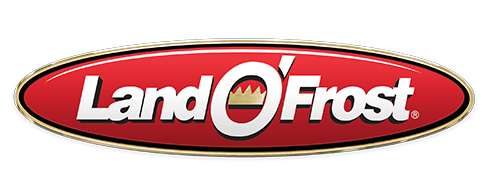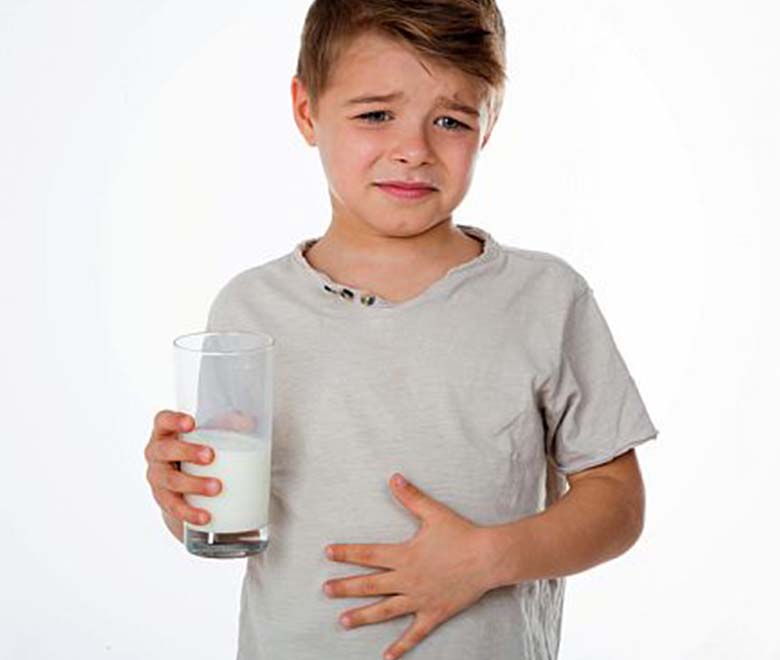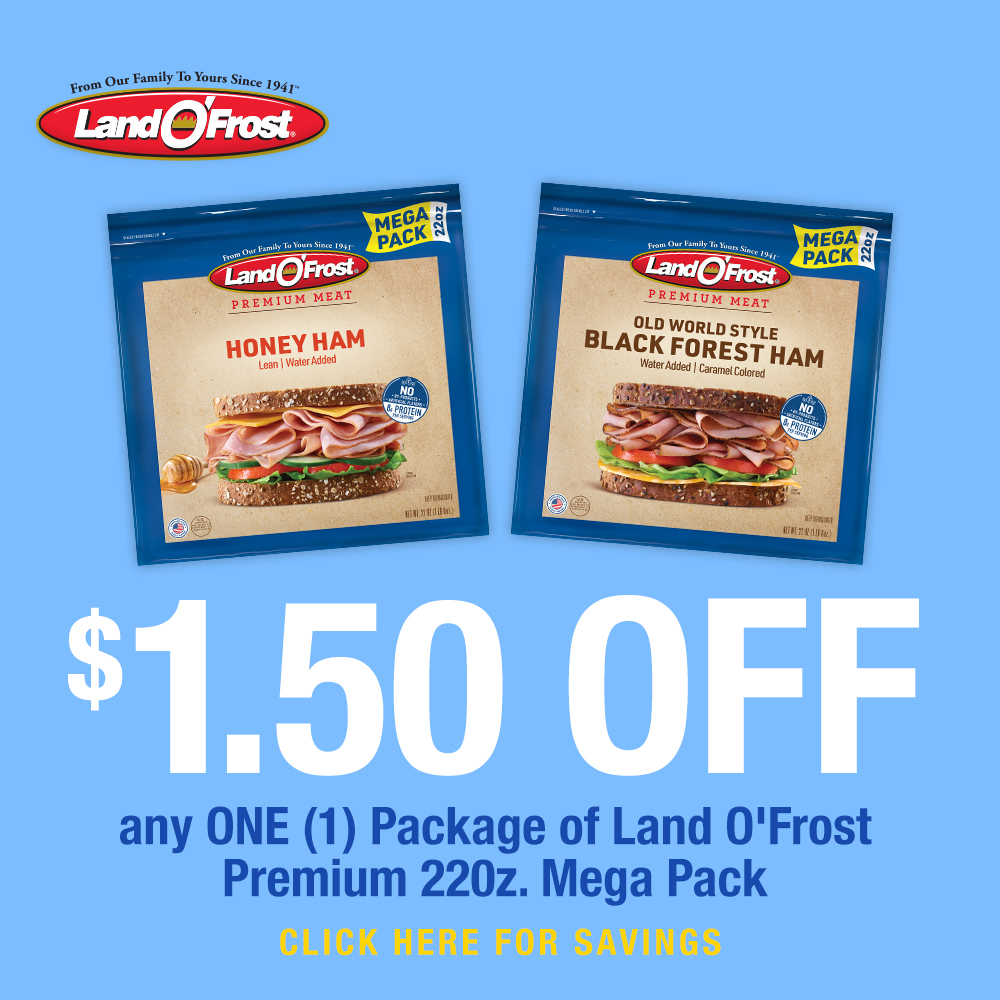
5 Rules that FINALLY Decode Food Label Dates


Chug! Chug! Chug! The milk expires tomorrow, people! Drink it NOW!
Are you that mom that pitches everything by the date marked on the package? Well hold that whisk – you may not need to scramble the entire dozen of eggs just yet. Yes, it’s important to make sure your food is safe (what you may think is the flu could actually be a case of food borne illness). But being able to decode the mind-bending series of letters, numbers and dates on the side of the pack may help you hang on for a few more days to food that’s still perfectly good (and know for sure when something’s not).
Next time you screw off the cap on the salad dressing or unwrap that pack of super expensive organic, free-range chicken breast and you’re about to do the sniff test, remember these rules for food freshness.
Rule #1. The Magic Number
Is your fridge doing the best it can at keeping your food safe? One foolproof way to minimize bacterial growth is by making sure your refrigerator stays set at or below 40°.Rule #2. The Secret Code
Most dates on food products are more about quality than safety. While packaged items past their prime may not be as fresh as when you first got them, the date on the packaging isn’t necessarily a reason to fly into a chucking rampage.Rule #3. Know What They Mean
Unfortunately for us moms and dads, the food industry uses all kids of different labeling to describe freshness. That means that lots of food items are still safe to eat past the date you find on the label. So which dates DO mean the food must be tossed? Let’s see:- Sell By: This date informs grocery stores how long to display the product on their shelves. This is not an indicator of food safety, but freshness. Ever seen a grocery store put a boatload of items on clearance? These items are probably approaching the “sell by” date and the store is probably expecting a new shipment of the same thing very shortly. As long as you’re planning to eat the food soon, take the deal and run!
- Best if Used By (or Before): This date tells consumers that a product has the best flavor or quality by the date listed (as long as the product remains unopened). After this date, you may notice differences in texture, color, even odor. Foods with a “best before” or “use by” date are safe to eat after the date has passed, but the quality may have declined. This is where the smell test comes in. Trust your gut!
- Use By: This is the last date recommended by the manufacturer to use the product while it’s still at peak quality. After this date, you might notice a slight quality difference. However, unless you have a sensitive palate, you probably won’t notice a real change until a few days after. This is the perfect time to pass the item off in your spouse’s brown bag lunch (just kidding).
- Expires On: This date is most commonly found on infant formula and baby food. These foods are required to have this date by the federal government. Consider this a hard, fast rule. You should always use the product before the “expires on” date just to be safe.
